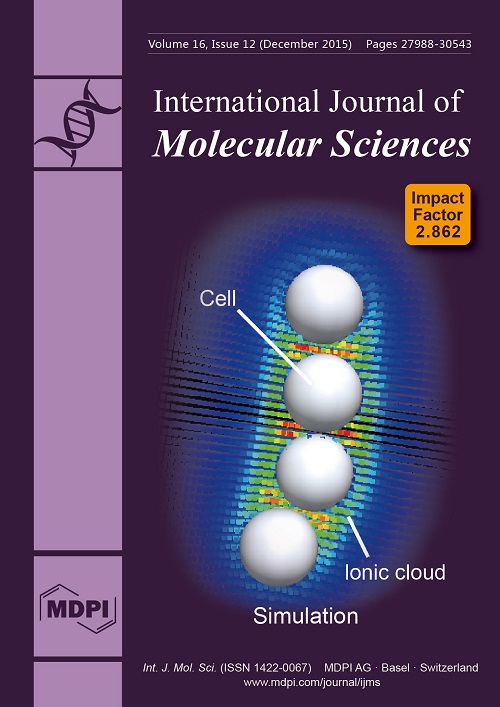Open AccessArticle
Cloning of the Lycopene β-cyclase Gene in Nicotiana tabacum and Its Overexpression Confers Salt and Drought Tolerance
by
Yanmei Shi 1,2,†, Jinggong Guo 3,†, Wei Zhang 4,†, Lifeng Jin 2, Pingping Liu 2, Xia Chen 2, Feng Li 2, Pan Wei 2, Zefeng Li 2, Wenzheng Li 5, Chunyang Wei 6, Qingxia Zheng 2, Qiansi Chen 2, Jianfeng Zhang 2, Fucheng Lin 2, Lingbo Qu 1, John Hugh Snyder 2 and Ran Wang 2,*
1
College of Chemistry and Molecular Engineering, Zhengzhou University, Zhengzhou 450001, Henan, China
2
National Tobacco Gene Research Center, Zhengzhou Tobacco Research Institute, Zhengzhou 450001, Henan, China
3
Institute of Plant Stress Biology, State Key Laboratory of Cotton Biology, School of Life Sciences, Henan University, Kaifeng 475004, Henan, China
4
China National Tobacco Quality Supervision & Test Centre, Zhengzhou 450001, Henan, China
5
Yunnan Academy of Tobacco Agricultural Sciences, Kunming 650031, Yunnan, China
6
Staff Training Academy of CNTC, Zhengzhou 450008, Henan, China
†
These authors contributed equally to this work.
Cited by 44 | Viewed by 7839
Abstract
Carotenoids are important pigments in plants that play crucial roles in plant growth and in plant responses to environmental stress. Lycopene β cyclase (β-LCY) functions at the branch point of the carotenoid biosynthesis pathway, catalyzing the cyclization of lycopene. Here, a β-LCY gene
[...] Read more.
Carotenoids are important pigments in plants that play crucial roles in plant growth and in plant responses to environmental stress. Lycopene β cyclase (β-LCY) functions at the branch point of the carotenoid biosynthesis pathway, catalyzing the cyclization of lycopene. Here, a β-LCY gene from
Nicotiana tabacum, designated as
Ntβ-LCY1, was cloned and functionally characterized. Robust expression of
Ntβ-LCY1 was found in leaves, and
Ntβ-LCY1 expression was obviously induced by salt, drought, and exogenous abscisic acid treatments. Strong accumulation of carotenoids and expression of carotenoid biosynthesis genes resulted from
Ntβ-LCY1 overexpression. Additionally, compared to wild-type plants, transgenic plants with overexpression showed enhanced tolerance to salt and drought stress with higher abscisic acid levels and lower levels of malondialdehyde and reactive oxygen species. Conversely, transgenic RNA interference plants had a clear albino phenotype in leaves, and some plants did not survive beyond the early developmental stages. The suppression of
Ntβ-LCY1 expression led to lower expression levels of genes in the carotenoid biosynthesis pathway and to reduced accumulation of carotenoids, chlorophyll, and abscisic acid. These results indicate that
Ntβ-LCY1 is not only a likely cyclization enzyme involved in carotenoid accumulation but also confers salt and drought stress tolerance in
Nicotiana tabacum.
Full article
►▼
Show Figures






